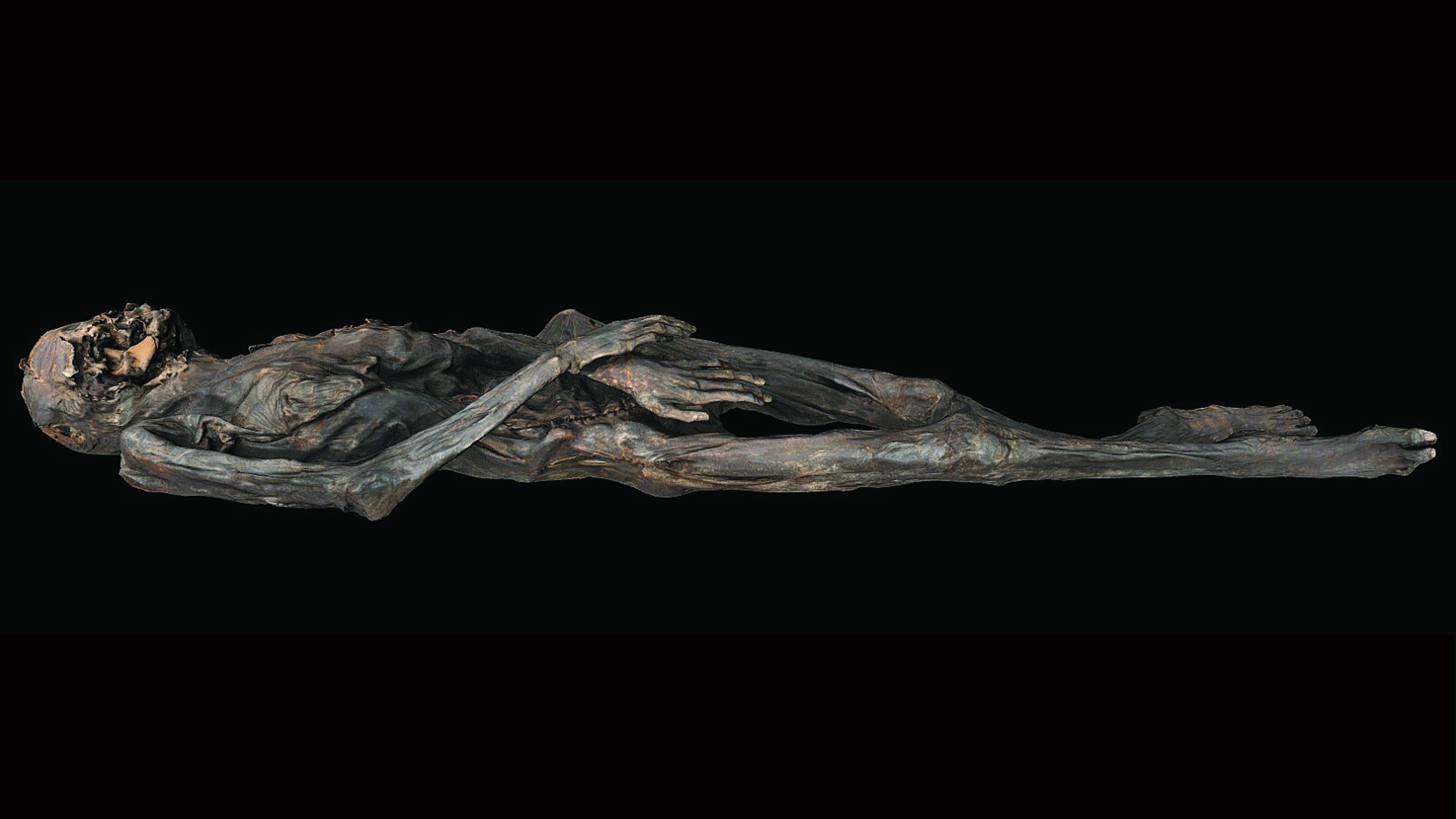Brain Development May Start With Surprisingly Bad Wiring
Very early in life, neurons in the brain begin forming connections with one another. But it turns out that during normal development, a startling number can link up to the wrong cells and must be pushed back in the right direction, according to a new study on baby mice.
The finding, detailed Feb. 8 in the journal PLoS Biology, could shed light on brain disorders such as autism, according to one researcher. Mice are often used as a model for human biology, and the researchers think a similar phenomenon occurs in humans.
An international research team made their discovery by observing the development of the cerebellum – a region of the brain responsible for motor control and also linked with attention, language and emotion in humans. During the first three weeks after a mouse is born, the neurons of the cerebellum connect to one another by forming synapses.
The team focused on the connections between three types of cells: granule and Purkinje cells of the cerebellum and the long stems — or axons — of neurons in the brain stem. These axons carry information to the cerebellum. Together the cells are part of a system that allows the brain to receive information and convert it to a response.
The axons, also called mossy fibers, normally connect to the granule cells. The granule cells, in turn, connect to the Purkinje cells. However, when the researchers looked at the developing mouse brains using sophisticated microscopy techniques, they found that in 30 percent of cases, the mossy fibers were forming bad connections by heading directly to the Purkinje cells, according to study researcher Peter Scheiffele of Biozentrum at the University of Basel in Switzerland. (The work was done in collaboration with a group at Columbia University in New York led by Carol Mason.)
The researchers also determined that a substance known as bone morphogenetic protein 4, which plays a role in bone development, helped correct these errors.
"What we demonstrate here is that you have a negative system that repels axons from an inappropriate target, thereby steering them to the right target," Scheiffele told LiveScience.
Get the world’s most fascinating discoveries delivered straight to your inbox.
This line of inquiry could have implications for the study of certain neurological disorders. For instance, there is a hypothesis that autism arises from a failure to eliminate inappropriate connections, resulting in a "miswired" nervous system that cannot function properly, he said.
You can follow LiveSciencewriter Wynne Parry on Twitter @Wynne_Parry.

